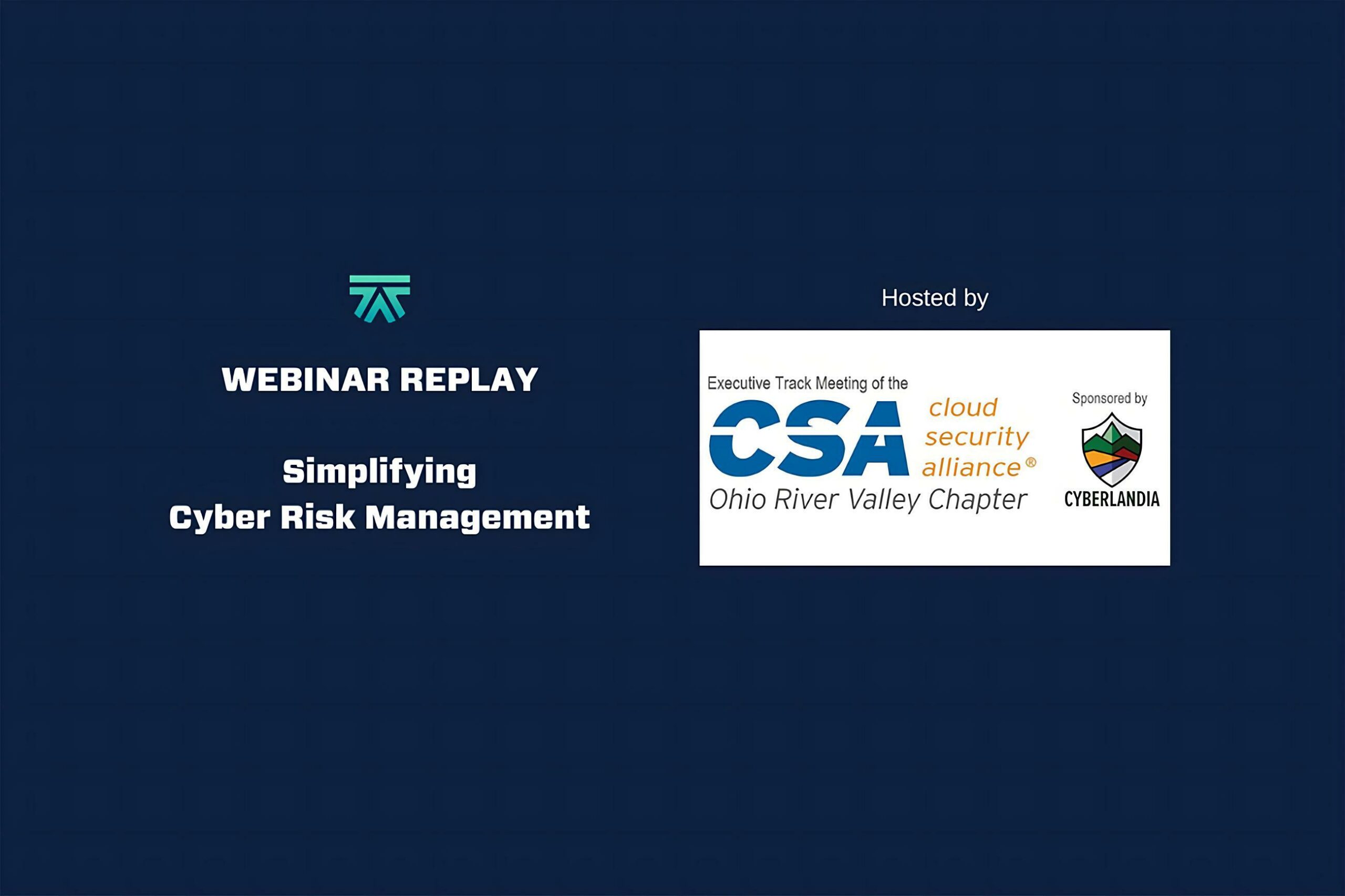Cybercrimes and ransomware attacks are on the rise across the globe but understanding the types of risk, their impact, and how to mitigate (and ultimately transfer the risk) can be confusing.
Join our informational webinar to learn more about:
- Types of cyber risk and the differences between threats, vulnerabilities, and risk
- How to best quantify the value of assumed risk
- Measures to take to reduce risk


